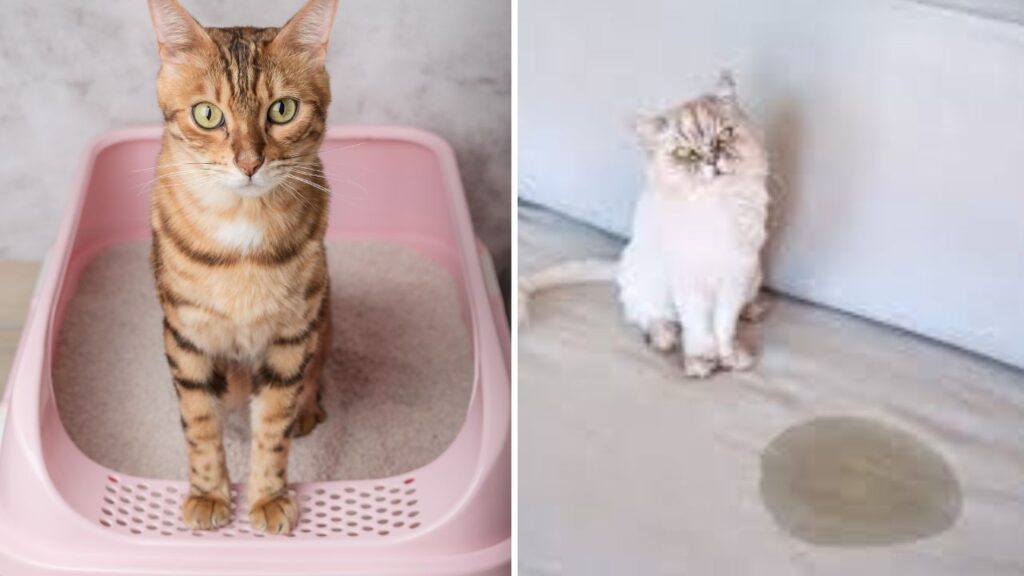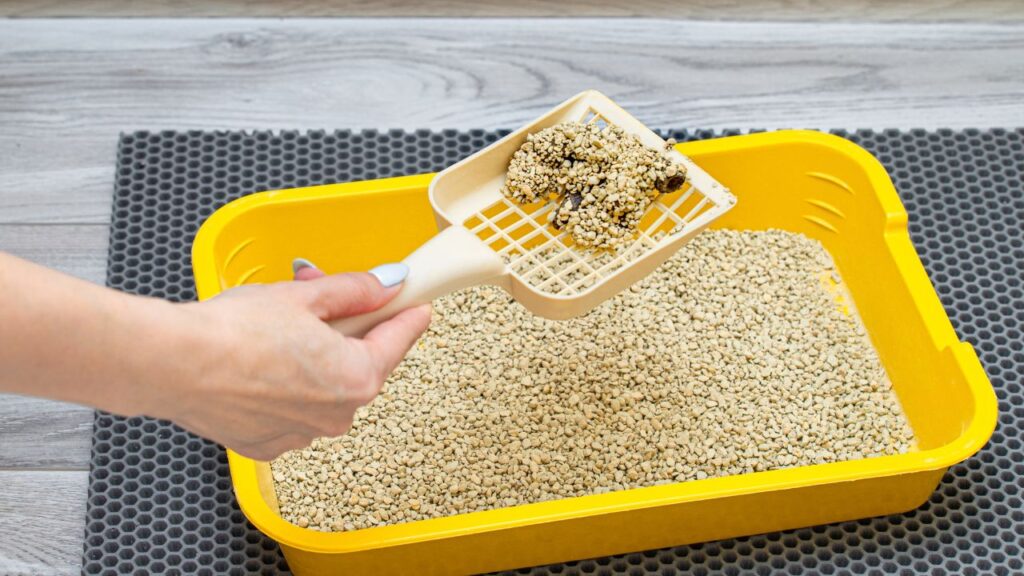Cats are beloved companions, bringing joy and comfort to our homes. However, one common issue that many cat owners face is dealing with a cat that pees outside the litter box. This behavior can be frustrating and perplexing, but understanding the underlying causes and implementing effective strategies can help resolve the problem. In this comprehensive guide, we will explore various methods to how to stop a cat from peeing outside the litter box, incorporating proven techniques and addressing the reasons behind this behavior.
Understanding Why Cats Pee Outside the Litter Box
Before diving into solutions, it’s essential to understand why a cat might be avoiding the litter box. The reasons can be broadly categorized into medical and behavioral causes.
Medical Reasons
- Urinary Tract Infections (UTIs): Infections can cause discomfort and frequent urination, leading cats to associate the litter box with pain.
- Kidney Disease: This condition affects the kidneys’ ability to filter waste, resulting in increased urination.
- Diabetes: Elevated blood sugar levels can lead to increased thirst and urination.
- Bladder Stones or Crystals: These can cause irritation and make urination painful.
Behavioral Reasons
- Stress and Anxiety: Changes in the household, such as new pets or moving, can stress a cat.
- Territorial Marking: Especially common in multi-cat households, marking territory is a way to assert dominance.
- Litter Box Aversion: Factors like the litter’s texture, scent, or the box’s cleanliness can deter a cat from using it.
Identifying the root cause is crucial for effectively stopping a cat from peeing outside the litter box.

How to stop a cat from peeing outside the litter box
Addressing this issue involves a combination of environmental adjustments, medical intervention, and behavioral modifications.
A. Ensure Proper Litter Box Setup
- Number of Litter Boxes: A general rule is to have one more litter box than the number of cats in the household. For example, a household with two cats should have three litter boxes.
- Location of Litter Boxes: Place boxes in quiet, accessible areas away from food and water dishes. Avoid high-traffic or noisy areas.
- Type of Litter: Cats can be particular about litter texture and scent. Experiment with different types to find one your cat prefers. Unscented, clumping litter is often a good choice.
B. Maintain Litter Box Cleanliness
- Regular Scooping: Scoop waste at least once daily to keep the litter box inviting.
- Deep Cleaning: Wash the litter box with mild soap and water weekly. Avoid strong-smelling cleaners like bleach, which can deter cats.
- Replace Litter Regularly: Refresh the litter entirely as per the litter type’s recommendations.
C. Addressing Medical Issues
- Consult a Veterinarian: If your cat suddenly starts peeing outside the litter box, a vet visit is essential to rule out medical conditions.
- Follow Treatment Plans: Adhere to prescribed treatments for any diagnosed health issues to alleviate discomfort and restore normal behavior.
D. Reducing Stress and Anxiety
- Create a Calm Environment: Minimize loud noises and sudden changes in the household.
- Use Pheromone Diffusers: Products like Feliway can help reduce stress by mimicking natural feline pheromones.
- Establish a Routine: Consistent feeding, play, and cleaning schedules can provide stability and security for your cat.
E. Behavioral Training
- Positive Reinforcement: Reward your cat when it uses the litter box correctly with treats or affection.
- Discourage Marking Behavior: Gently discourage inappropriate urination without punishment, which can increase anxiety and worsen the problem.
Preventative Measures to Stop Cat from Peeing Outside the Litter Box
Preventing future incidents involves proactive measures to maintain a stress-free and inviting environment for your cat.
A. Choosing the Right Litter and Box
- Covered vs. Uncovered Boxes: While some cats prefer the privacy of covered boxes, others may feel trapped. Observe your cat’s preference.
- Different Litter Materials: Experiment with clumping, non-clumping, silica, or recycled paper litters to find what your cat likes best.
B. Environmental Enrichment
- Provide Toys and Scratching Posts: Keeping your cat engaged reduces stress and the likelihood of destructive behaviors.
- Adequate Stimulation: Interactive playtime can prevent boredom and anxiety, contributing to better litter box habits.
C. Spaying or Neutering
- Reduces Territorial Marking: Neutered or spayed cats are less likely to mark their territory through urination.
- Overall Behavioral Benefits: These procedures can lead to a calmer and more affectionate demeanor.
D. Managing Multi-Cat Households
- Individual Attention: Ensure each cat receives adequate attention to prevent jealousy and territorial disputes.
- Separate Resources: Provide multiple feeding stations, water bowls, and litter boxes to reduce competition.

Cleaning and Odor Removal
Proper cleaning is essential to prevent repeat incidents by eliminating residual odors that may attract your cat back to the same spot.
- Thorough Cleaning: Use enzymatic cleaners specifically designed to break down urine proteins, eliminating both stains and odors.
- Avoid Ammonia-Based Cleaners: These can mimic the smell of urine, encouraging your cat to pee again in the same area.
- Protect Affected Areas: After cleaning, consider using deterrents like double-sided tape or motion-activated sprays to keep your cat away from previously soiled spots.
When to Seek Professional Help
If you’ve tried various strategies and your cat continues to pee outside the litter box, it may be time to seek professional assistance.
- Veterinarian Consultation: Persistent issues despite addressing potential medical and environmental factors may require further medical evaluation.
- Animal Behaviorists: These professionals can provide specialized strategies tailored to your cat’s specific behavior patterns.
Conclusion: How to Stop a Cat from Peeing Outside the Litter Box
Dealing with a cat that pees outside the litter box can be challenging, but with patience and the right approach, it’s a problem that can be effectively managed. By understanding the underlying causes—whether medical or behavioral—and implementing strategies such as ensuring proper litter box setup, maintaining cleanliness, reducing stress, and providing environmental enrichment, you can stop your cat from peeing outside the litter box. Remember, consistency is key, and seeking professional help when needed can make all the difference in restoring harmony to your home and ensuring your cat’s well-being.
By addressing both the physical and emotional needs of your feline friend, you create a conducive environment that encourages proper litter box usage and strengthens the bond between you and your pet. Don’t hesitate to consult with veterinarians or animal behaviorists if the problem persists, as their expertise can provide valuable insights and solutions tailored to your unique situation. With dedication and understanding, you can overcome this common issue and enjoy a clean, harmonious household with your beloved cat.

